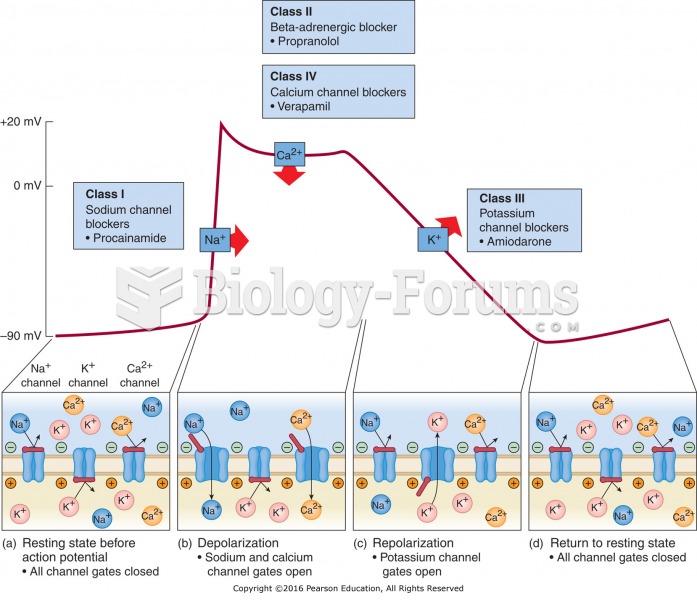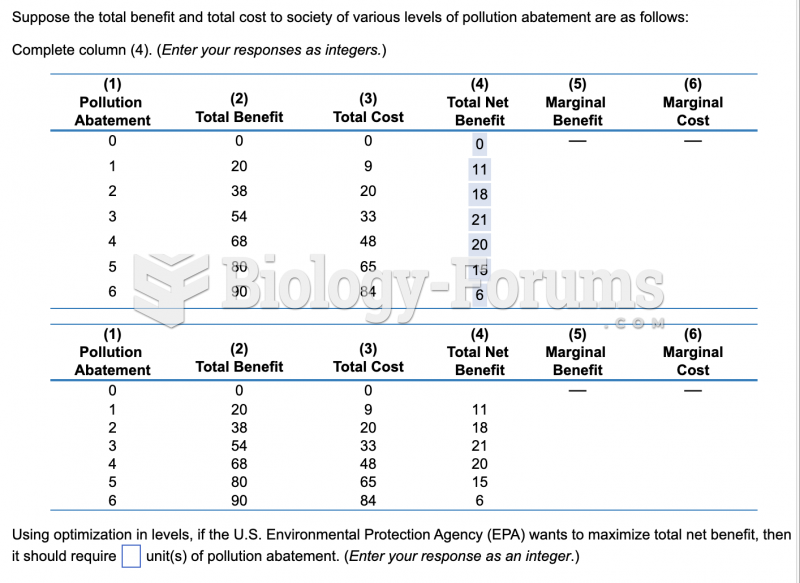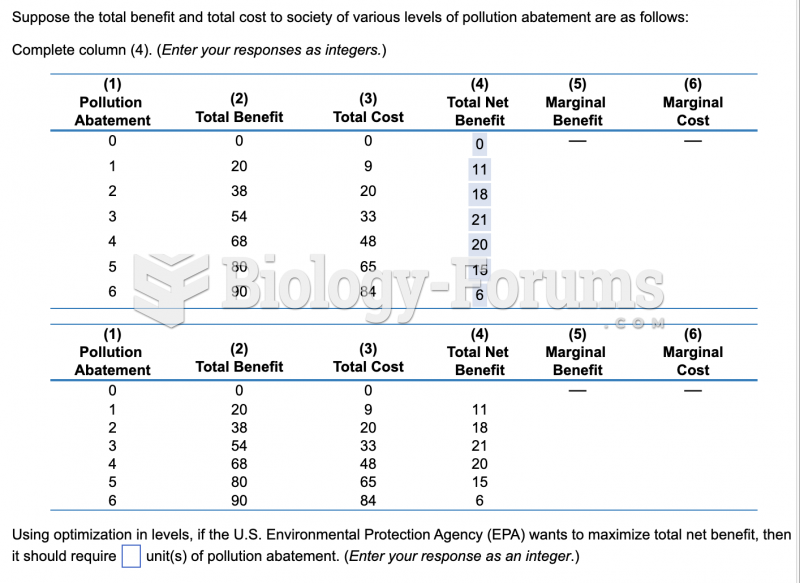Answer to Question 1
Cross-national surveys that compare academic achievement show that students in the United States trail those in other nations (e.g., Russia, Japan, China) in critical academic areas such as science and math achievement as measured by standardized math tests. One reason may be that many secondary school math and science teachers did not major in the subjects they teach. Another reason is that the United States, the richest country in the world, devotes less of its resources to education than do many other nations. Spending on elementary and secondary education (as a percentage of the U.S. gross domestic product) is less than that of other nations. And budget cutting has reduced educational resources in many communities and curtailed state support for local school systems.
Economically disadvantaged children enter school lagging behind their more advantaged peers in terms of the knowledge and social competencies that are widely recognized as enabling children to perform at even the most basic level. They face substantial gaps in measures of reading and mathematics proficiency, in prosocial behaviors and behavior problems, and in readiness to learn. Many children are not familiar with basic rules of print or writing (e.g., knowing that English is read from left to right and top to bottom, or where a story ends); about one-third of children whose mothers have less than a high school education suffer educational deficiencies compared to only 8 percent for children whose mothers have a college degree or higher. Many children from disadvantaged backgrounds fail to meet grade-level expectations on core subjects. As a consequence they face higher rates of special education placement and grade repetition.
Answer to Question 2
Goss v. Lopez







